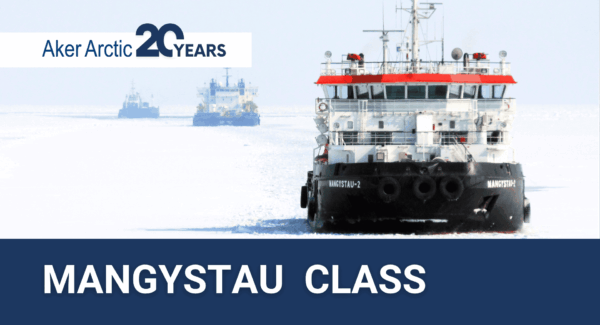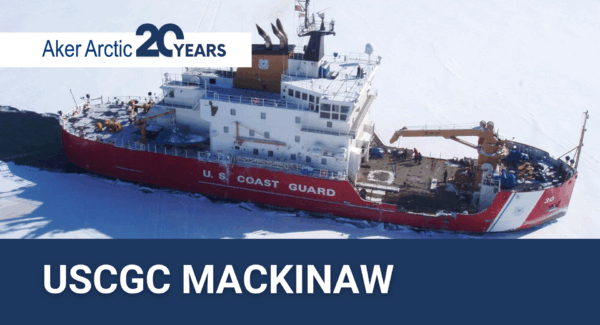All Finnish and Swedish icebreakers needed this winter
The ice season in the Baltic Sea had a strong start with early ice formation followed by long and cold freezing periods. While the maximum sea ice extent in mid-February classified the winter as average, the conditions were nonetheless challenging for shipping.
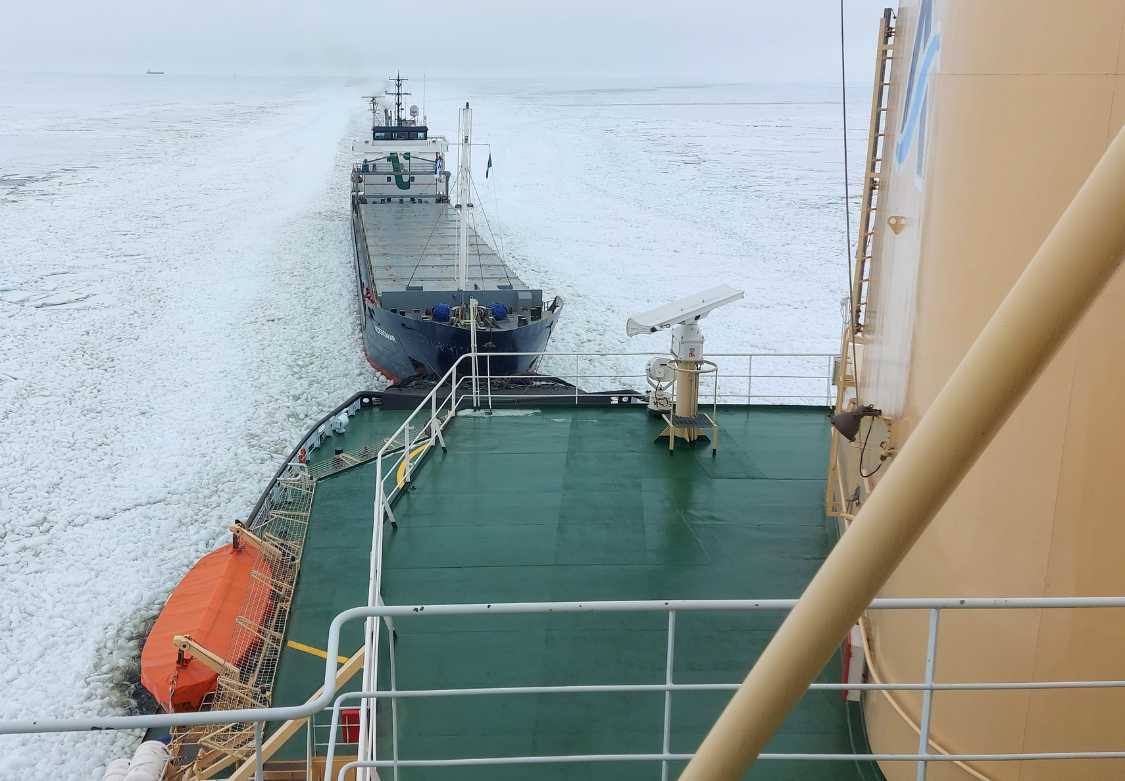
The Finnish Meteorological Institute (FMI) published its first ice chart for this season on 16 October 2023. By the end of the month, a strip of thin new ice had appeared along the coastline. The first assistance restrictions were set in the northernmost ports in late November.
A few days into the new year, the whole Bothnian Bay was already covered in ice. Such early ice formation had not been observed in the area since 2003 and 2011. According to FMI reports, the overall ice extent in the Baltic Sea in early January was four times the average.
The icebreaking season began in November
The season’s first Finnish icebreaker, Kontio, embarked on its journey towards the Bothnian Bay pack ice on 23 November. The rest of the fleet followed one after another, ensuring harbours remained accessible and cargo vessels could adhere to their schedules.
All nine of Finland’s icebreakers were operational in either the Gulf of Bothnia or the Gulf of Finland by the end of January. Additionally, the tugboat Calypso, equipped with its detachable icebreaking bow Saimaa, aided in maintaining navigable fairways for smaller vessels.
In Sweden, the ice-strengthened offshore vessel Brage Viking was chartered to work alongside the five state-owned icebreakers. In the Southern Baltic Sea, however, the winter was less severe, and only two of the three Estonian icebreakers were deployed.
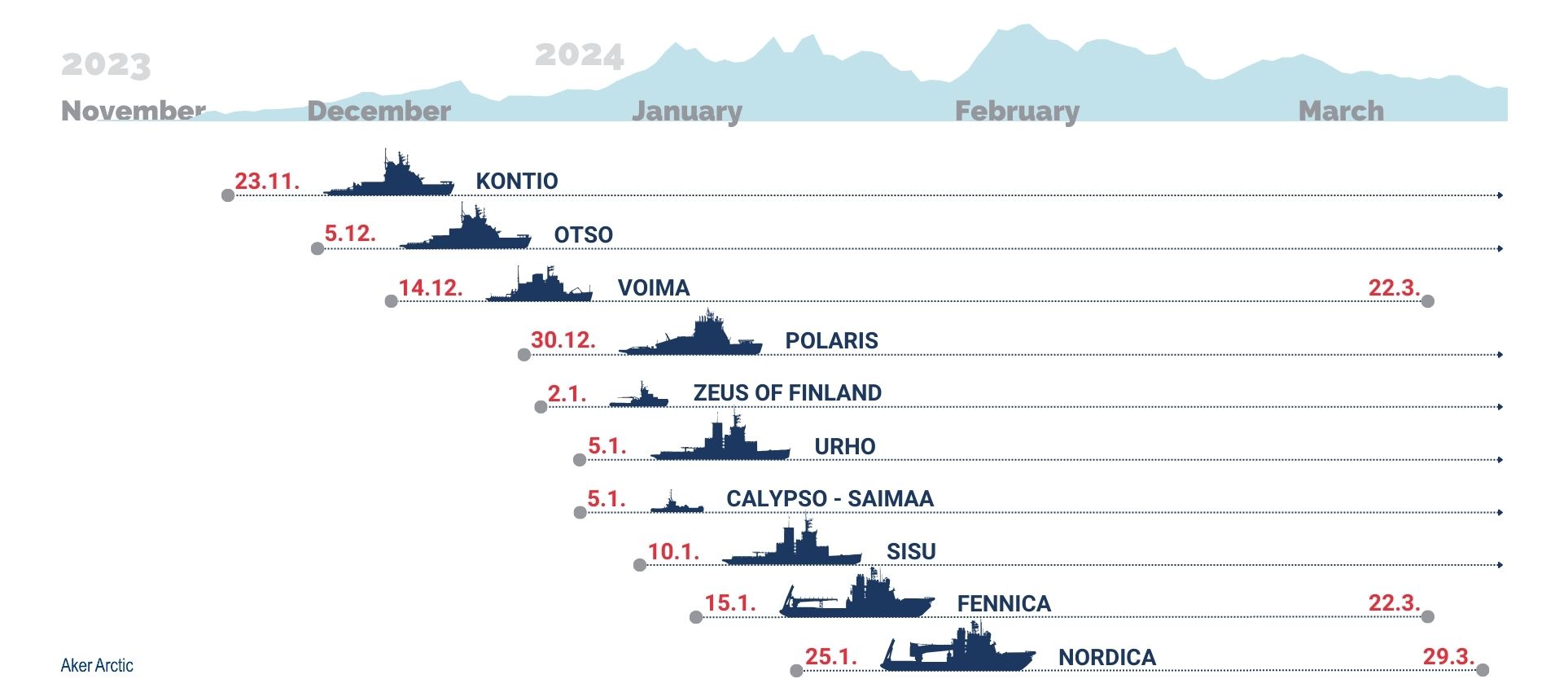
Challenging ice fields
The quick growth and persistence of the ice cover throughout the season were notable, yet stormy periods with strong winds and waves pushed the pack ice against the Bothnian coast.
“The resulting ridging and compression within the ice field presented extremely difficult navigation conditions for ships,” explains Senior Naval Architect Tuomas Romu from Aker Arctic.
“The ice extent alone does not fully convey the challenges to shipping. Occasionally, every vessel had to be towed through the ice,” he adds.
This scenario characterizes modern winters. Whereas in the past the ice cover extended further, it was also more stable. Now the pack ice is always in flux, generating ridge fields and brash ice barriers that greatly obstruct shipping.
Enhancing comfort in motion
The newest Finnish icebreaker, Polaris, was frequently dispatched to assist ships in the marginal ice zone where rough seas may occur even within the pack ice.
“Traditionally, icebreakers have been quite uncomfortable in open water. However, the modern roll damping system installed on Polaris significantly improves both safety and comfort for the crew. Maintaining operational capability in critical situations is crucial,” Romu highlights.
An efficient roll damping system has thus been identified as a key feature for future sea-going icebreakers as well.
New wide-beam visitors
The Panamax-sized general cargo ships Green Kemi and Green Rauma made their maiden voyages to Finland this past winter. Port calls by vessels of this size are anticipated to increase in the Baltic Sea in the future.
Currently, assisting such wide-beamed vessels in challenging ice conditions requires the coordinated effort of two icebreakers: one to lead the ship and tow, if necessary, while the other widens the channel and supports the assistance operation. However, the future Swedish icebreakers have been designed to assist up to 32-metre-wide ships independently.
Other large vessels also encountered insurmountable ice obstacles this winter. The passenger ferry Aurora Botnia, operating between Vaasa and Umeå, became beset in ice for the first time in its history, necessitating the aid of two icebreakers for release. Further north, Polaris had to briefly take the 242-metre Botnia Enabler into tow outside Oulu.
Disruptions to shipping due to ice
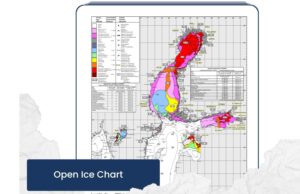
Despite the early arrival of the ice cover, this year’s maximum sea ice extent – 135,000 square kilometres on 12 February – barely cleared the threshold for an average winter. However, all Finnish and most Swedish ports still froze over, stretching the capabilities of both nations’ icebreaking fleets.
“Even with all available icebreaking resources deployed, there were still disruptions to shipping,” says Romu. “Traffic to the northernmost Finnish ports had to take the slightly longer coastal route and the port of Kalix in Sweden was closed for several weeks due to ice.”
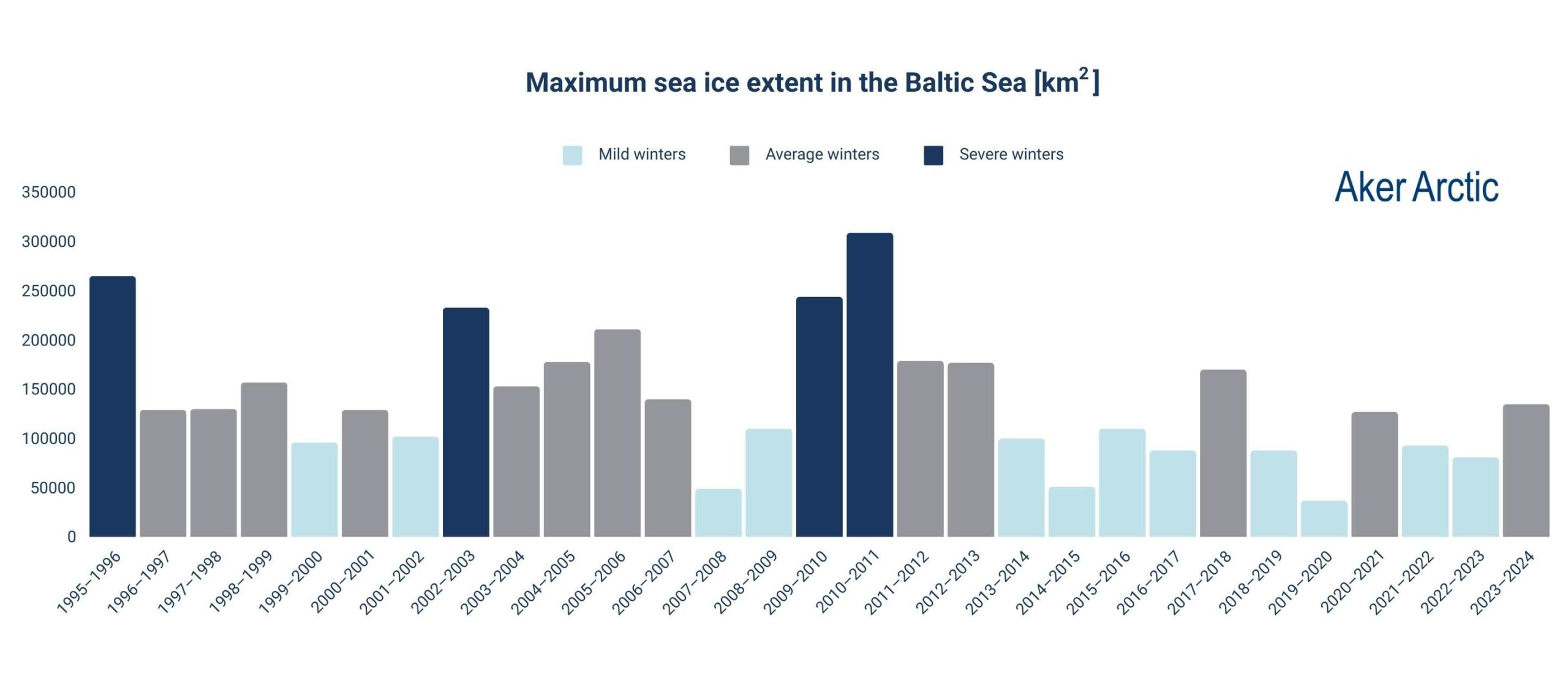
In the three northernmost nations bordering the Baltic Sea, discussions or plans are underway to acquire new icebreakers. Sweden is in the process of replacing its 50-year-old Atle class and has recently decided to purchase a smaller second-hand icebreaker. Finland is likely to start fleet renewal from its smallest and oldest icebreaker, Voima, which is already 70 years old. Estonia has also been studying its options.
“Icebreakers designed today represent a significant leap in terms of operational capability and energy efficiency. Reducing environmental impact starts from attaining maximum result with minimum effort,” Romu underlines. “This comes before alternative fuels, energy storage systems, and other such technologies.”
Text: Catarina Stewen
